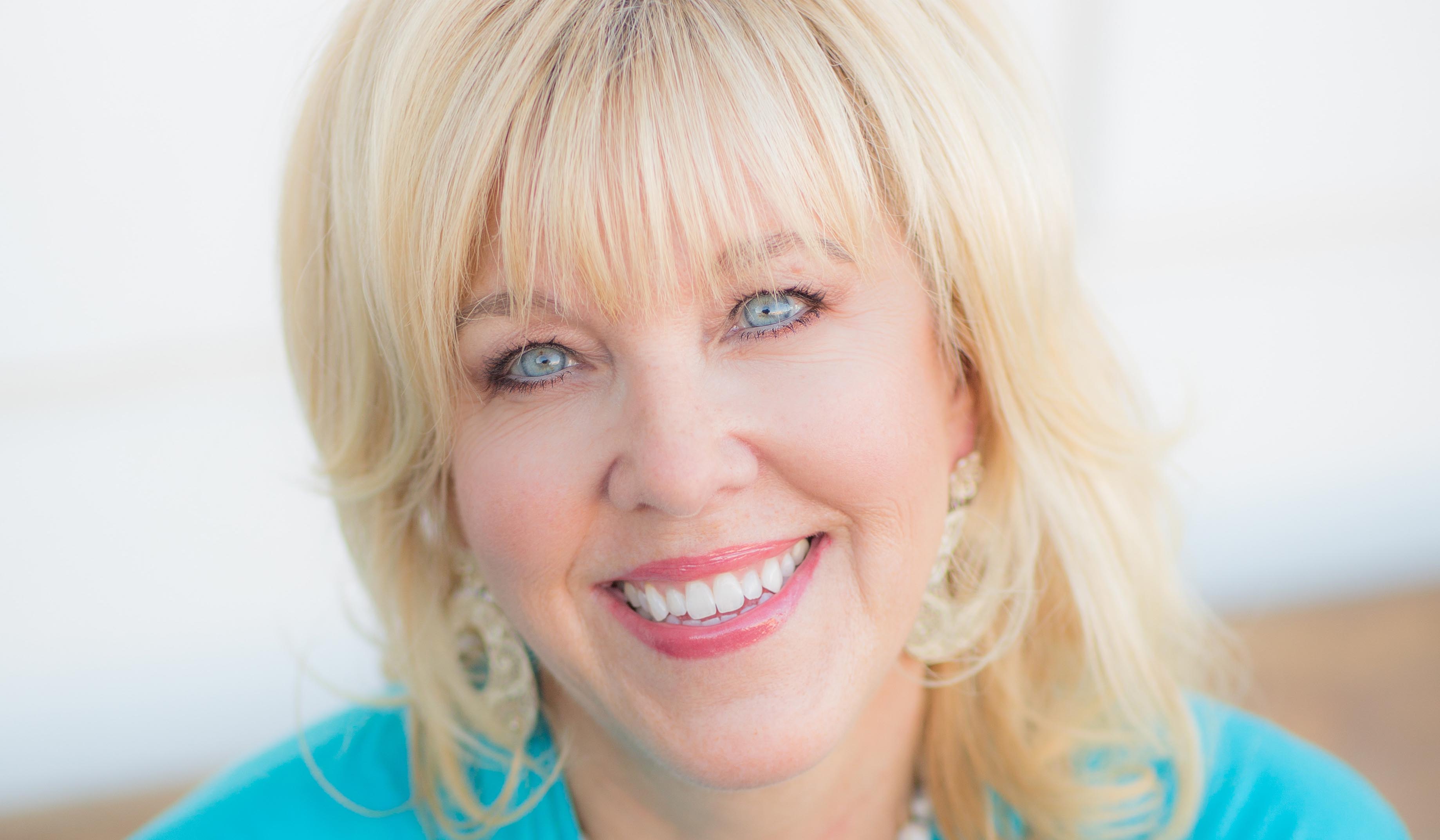The Urban Land Institute is a nonprofit research and education organization supported by its members, dispersed throughout 95 countries. In Arizona, Deb Sydenham, FAICP, is executive director of an award-winning ULI District Council that approaches the industry with problem-solving programs throughout the year. No program is more well-known, though, than the intensive Trends Day — a full schedule of discussions between industry leaders on the latest hot button issues. Sydenham weighs in on what’s coming for the organization in the next 12 months.
Infrastructure is one of the most important challenges to Arizona’s growth. What role is ULI Arizona taking to solve this issue?
As a neutral convener – emphasis on neutral – ULI provides a safe forum for fundamental discussion amongst public and private sector thought-leaders regarding Arizona’s future.
Infrastructure, specifically the financing of infrastructure to support growth and redevelopment throughout the state, is at the forefront of discussions occurring throughout coffee houses, city council chambers, boardrooms and legislative offices. As noted in Emerging Trends in Real Estate© released this year by ULI and PWC, as a nation, “the US is not investing in the physical facilities needed to compete into the future. The trend here is not good.” The chief investment officer of a public retirement fund wants to invest in growth markets, but ut he expects “less growth in areas not investing in infrastructure.” A private equity firm comments that, “Infill is the key to opportunity in strong markets, but it is a challenge when transportation and utility infrastructure is old and seriously underfunded.”
The quality of infrastructure systems – including transportation, utilities, and telecommunications – is a top factor influencing real estate investment and development decisions in cities around the world, sharing a high ranking with consumer demand in terms of importance, according to a 2014 survey of public- and private-sector leaders conducted by the Urban Land Institute and EY.
Arizona’s infrastructure finance toolbox is vast and varied, but is it complete? Is there broad understanding and support for the most effective tools for particular project types in today’s new economy? The questions are endless. There are no quick fixes or one-size-fits-all solutions to issues of this magnitude. ULI Arizona is working closely with organizations including Valley Partnership, NAIOP and others to facilitate collaborative conversations in the coming months that will result in teamwork and strategic action locally and at the state level. Together, we’ll lay the groundwork enabling business, community and political leaders to craft and adopt insightful and future oriented infrastructure finance strategies to forge better places. This is a cornerstone of ULI Arizona and one of the spaces in which we continue to be most effective.
What is an important dialogue the commercial real estate industry should engage?
In concert with elected leaders, the industry must help formulate sound infrastructure tools and policies that support communities and catalyze private investment in community building. This requires a new level of leadership and an ability to be laser-focus on the goal and not distracted by the surrounding white noise that will continue to escalate throughout the campaign season. Our ability and capacity to forge better communities, and ultimately better returns on investment, depends on developing a shared vision and shared metrics to measure progress.
What worked in the past, or even last year may not work tomorrow. No matter the perspective or expertise, each of us has a role to play and a unique skill set to bring to the table in the development of fundamental tools and strategies that strengthen community building and resiliency. The country wasn’t built by armchair quarterbacks. It was built by people with passion, dedication and commitment to creating a better future. Arizona communities should expect no less; let’s do this.
A decade of Trends Days has passed. In addition to attendance, what makes the event a success for you?
The success of Trends Day is demonstrated on a variety of levels. This one-day deep-dive explores the most current state and national land use and real estate trends, with a focus on what to expect in the future, where the best opportunities can be found and how these components affect both public and private sector partners.
By the numbers, Trends Day maintains the distinction of being the highest attended program in the ULI District Council system, and has held that honor for the past three years. I have no doubt that we are about to make it four. An incredibly talented ULI member committee develops the curriculum each year and identifies at least one tangible aspect of the day that can be added or enhanced to raise the bar on excellence.
Success is the camaraderie and bond created amongst the committee members, working tirelessly throughout the year. Success is the increasing number of women speakers – no small feat in a historically male-dominated industry. Success is a 33 percent feedback survey response rate, when 10 percent is usually considered optimum. Success is hearing Trends Day speakers and information cited in conversations and meetings months later. Success is providing an audience the opportunity to look through a holistic lens at an issue and gain new perspective.
Most importantly, Trends Day is successful when people leave with that one compelling take-away, that wow factor, that aha moment that represents the value gained by being in the room at Trends Day.




